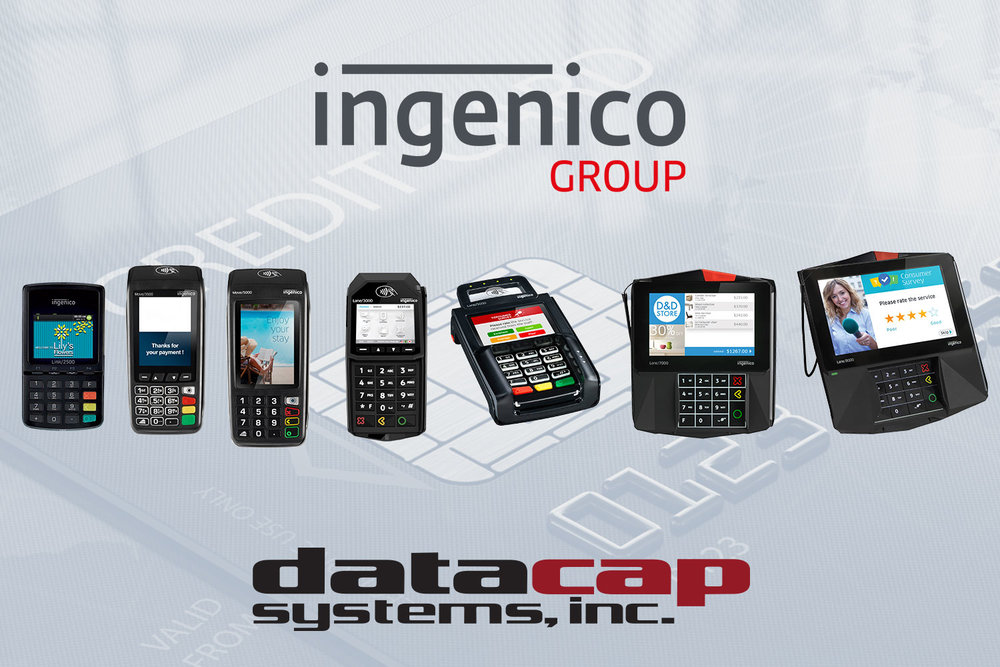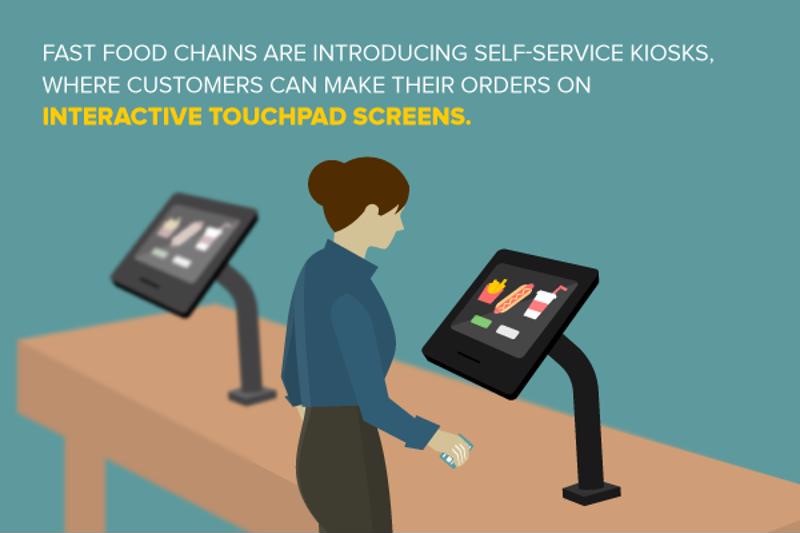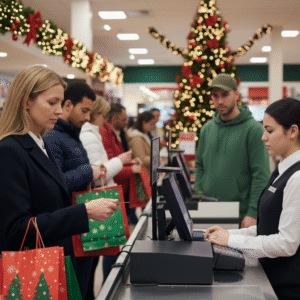The typical mobile POS device costs between $150 and $1,000, according to Star Micronics. That doesn’t include the time and expense of certifying every mPOS device with a variety of payment processors, an undertaking that could last years.
Retailers looking to purchase the most up-to-date POS technology are facing an “adapt or die” dilemma. A study from eMarketer found the number of mobile payment users will increase 33.8 percent over the course of 2017 – reaching about 50.2 million regularly active users. How can value-added resellers help retailers accommodate these customers while keeping costs low?
The Soft Costs of Procuring New POS Devices
Let’s focus on the time associated with certifying EMV-enabled hardware devices with payment processors.
Digital Transactions spoke with Don Hartley, vice president of solutions technology at Anywhere Commerce, who noted that one of the biggest challenges among merchants is acquiring EMV certifications.
“We’re looking at a minimum of three to four months, most are six months,” said Hartley in reference to the amount of time typically required to get processor certifications for EMV-compatible devices. The reason the bottleneck exists is because both small to large-sized retailers across the U.S. submitted their applications in a rush to meet the Oct. 1, 2015, liability deadline, leading to significant bottlenecking in the certification process.
That was nearly two years ago, but many merchants are still working to adopt the technology. Nine months after the liability shift, the National Retail Federation (NRF) found only 48 percent of retailers had already implemented EMV.
For those that had not, 57 percent said they had installed the equipment but were having trouble acquiring certifications. More than half of those respondents said they had been waiting at least six months to attain certification.
How do certification delays impact merchants’ financial positions? For one thing, merchants are now liable for card-present fraud if and when it occurs. Given that identity fraud cost consumers nearly $16 billion last year, according to Javelin Strategy & Research, we’re talking billions of dollars of liability risk to the retail industry.
In addition, certification delays impact customer satisfaction. NRF Vice President for Government Affairs and Public Relations J. Craig Shearman noted that consumers get frustrated when they see EMV-compatible POS devices, but can’t use them.
“You can walk through any mall in America today and see the new chip card readers sitting by cash registers, whether they’re being used to insert cards or the cards are still being swiped,” said Shearman.
Use Integrated Payments Technologies
Payment integration systems address the processor certification problem retailers typically encounter after procuring new POS devices. These offerings consist of built-in device certifications for multiple EMV-enabled devices for a variety of processors.
The technology has helped many retailers transition to EMV-based operations. For example, suppose you had a client that wanted to purchase 10 EMV-compatible mPOS devices to compliment existing fized EMv devices for each of its 20 stores. Integrated payments technology would ensure all of the devices are ready to accept EMV out of the box before installation occurs.
A key feature to look for when selecting an integrated payments solution is compatibility with multiple devices and multiple processors. This of course adds felxibility which is key for POS installers, but also speaks to the integrated payments provider’s ability to progress through multiple EMV certifications.
What the Market Demands
Multi-device compatibility is so critical because customers demand choice, and retailers are trying their best to deliver those choices. For example, our joint study with Piper Jaffray revealed 85 percent of POS VARs said their retail clients either asked for and/or utilized mobile wallet solutions in 2017 – 41 percent more than those who asked for such technologies in 2016.
At the same time, customers aren’t abandoning debit and credit cards. TSYS’s 2016 U.S. Consumer Payment Study found that the payment methods people choose is often linked to what they purchase.
For example, the majority of U.S. consumers said they prefer to use credit cards to pay for expensive items, but turn to debit cards to purchase gas, groceries and other everyday expenditures. When it comes to visiting coffee shops or fast food restaurants, many people still use cash.
There’s a pretty even split between people who choose to load their debit card or credit card information onto mobile wallets. While 44 percent said they had or are considering loading credit card information into their mobile wallets, another 42 percent are considering doing the same with their debit card details.
As a whole, the integrated payments solution that VARs provide to retailers must deliver a range of options to accomodate a variety of requirements across a range of vertical markets.
Learn how to implement a comprehensive payments solution today!
Related Articles:
Featured
Datacap has recently acquired the payments gateway technology asset from Octopi (formerly Monetary.co). As the new owner of the gateway and gift/loyalty platform, now referred to as NETePay Hosted, Datacap Systems is uniquely positioned as a provider of both in-store and hosted payment solutions…
Hosted Payments Services Providers give ISVs and VARs the technology tools and agility their clients need to do business in an omnichannel world.
Point of sale software delivered via the Software as a Service model gives SMB merchants a budget-friendly, low-risk way to have the POS functionality they need.
The right payments partner can give you and your clients the ability to engineer convenient, loyalty-building customer experiences on every channel.
Cash may be king, but it’s also very costly for businesses. Could integrated payments make sense for your business?
New processing solution from Datacap Systems and EVO Payments simplifies and accelerates EMV migration via ID TECH hardware
Datacap offers ISVs and VARs the opportunity to integrate PCI-validated P2PE and cross-platform tokenization with the point of sale and payment solutions they provide.
Datacap POS partners and merchants benefit from multiple form factors that fit a variety of use cases and industries
Datacap’s integrated Point of Sale partners can now support incremental authorizations! Incremental authorizations are used to make ongoing increases to the original authorized transaction amount without the presence of the payment card.
It’s not enough to merely offer loyalty programs to your regular clientele – it’s crucial that they feature the type of perks customers most want
As a retailer, what are you willing to do to ensure your regulars and newbies get the customer experience and rewards they deserve for patronizing your facility?
Although it may not seem like it, artificial intelligence is very much a part of Americans’ everyday lives.
The implementation of self-service kiosks make good economic sense. Here are a few of the reasons why QSRs should consider investing in them.
Datacap has partnered with TruRating, customer experience experts specializing in point-of-sale customer feedback solutions.
An increasing number of supermarkets are supplying patrons with a plethora of payment possibilities – with mobile POS in particular gaining traction.


















